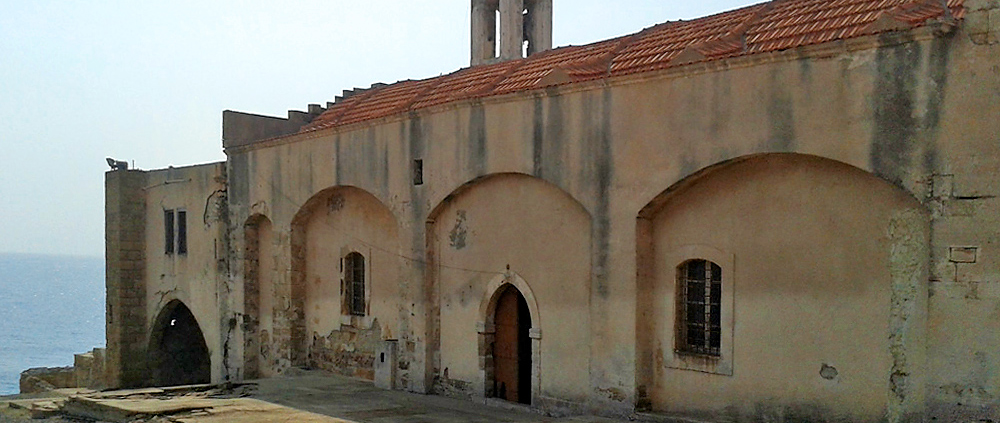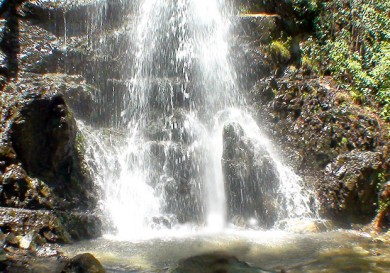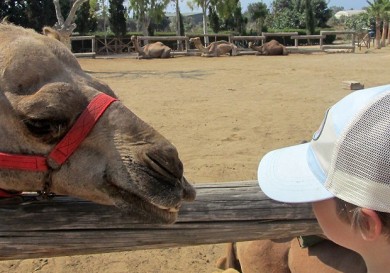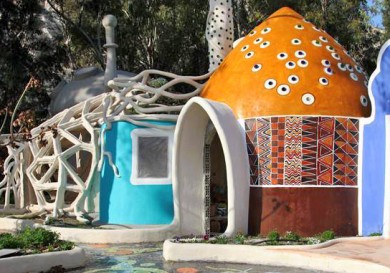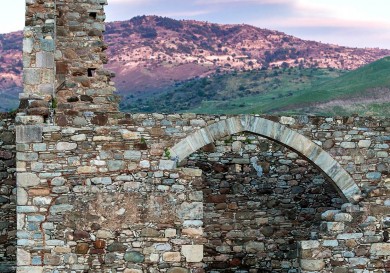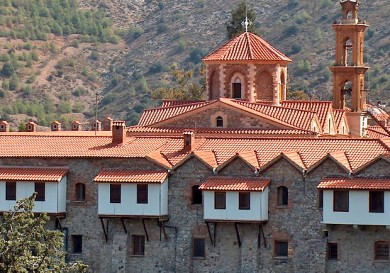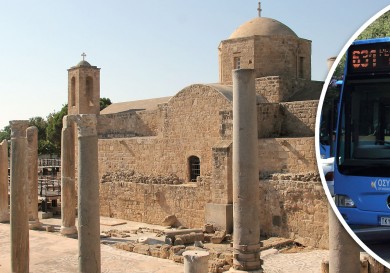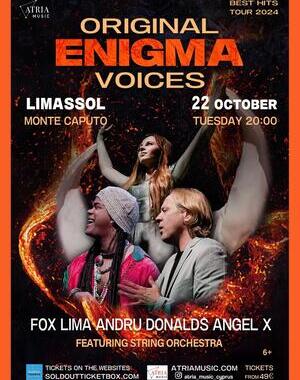On the Edge of the Earth, or a Trip to the Cape of Apostle Andrew.
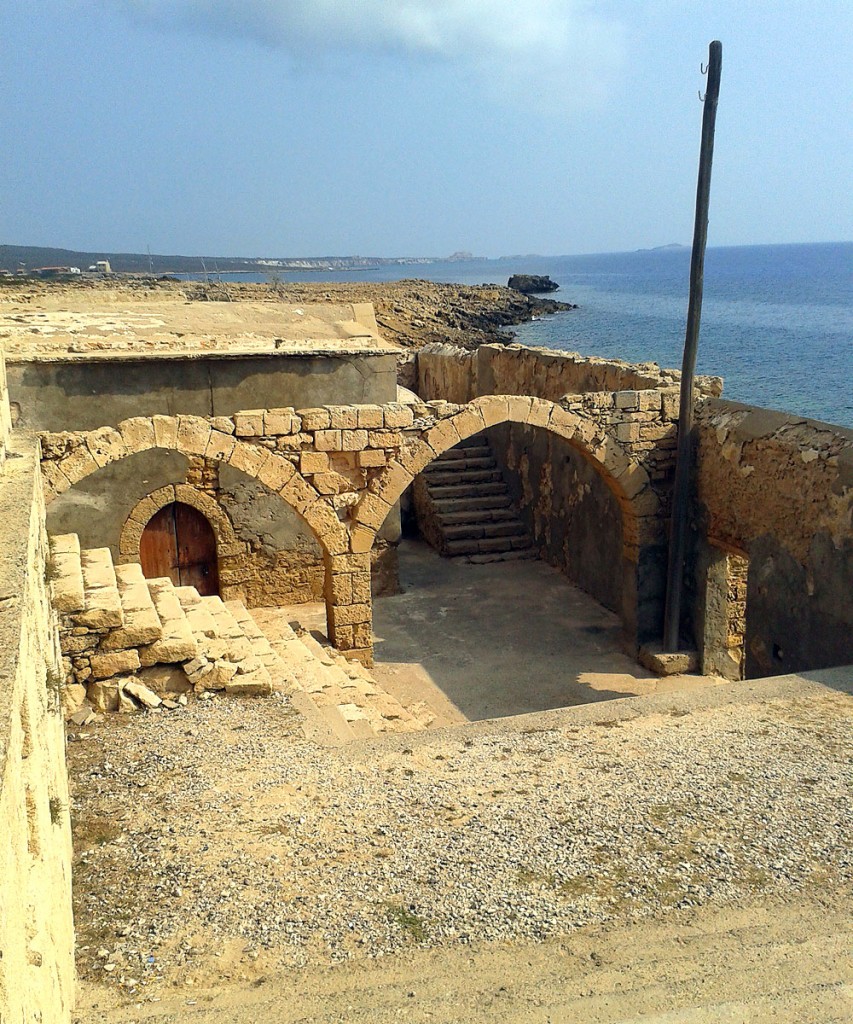 Very few Greek Cypriots, especially the older generation, like to travel to the оccupied northern territories
Very few Greek Cypriots, especially the older generation, like to travel to the оccupied northern territories
The events of 1974 are still fresh in their memories, but a visit to the Apostle Andrew Monastery, located on the easternmost point of the island, is of special significance. When the borders were opened, everyone went to this Christian shine at least once.
If you don’t dwell on the problem of the occupied area and just want to explore, you will agree that there is a special thrill when someone mentions the highest, the westernmost or the least accessible point. Travelers want to visit such places first of all!
Our visit to this easternmost Monastery of Cyprus became part of a 2 day journey around the island.
The total length of the route amounted to 606 km. We travelled along the coast where possible and visited most of the large cities and villages of Cyprus.
This trip allowed us to see the variety of the island, discover new places and look at familiar places completely differently.
Famagusta
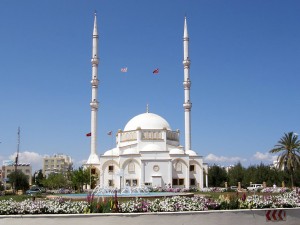 We began our trip from Larnaca. Famagusta was the first point of our route. While moving in the direction of Аyia Napa, we turned at the Ξυλοτιπου signpost and were at the checkpoint in 40 minutes.
We began our trip from Larnaca. Famagusta was the first point of our route. While moving in the direction of Аyia Napa, we turned at the Ξυλοτιπου signpost and were at the checkpoint in 40 minutes.
Since we left home at 7 o’clock in the morning, there were no people at all at the border, and we cleared passport control very quickly. It took us no more than 15 munities to get from the checkpoint to the centre of Famagusta. The distance from Larnaca to Famagusta is 58 kilometres.
You can read about the sights of the ancient centre of Famagusta here. We would like to note that the city has grown recently, and the ancient part of Famagusta is surrounded by freshly built modern districts.
The Northern Shore of Cyprus
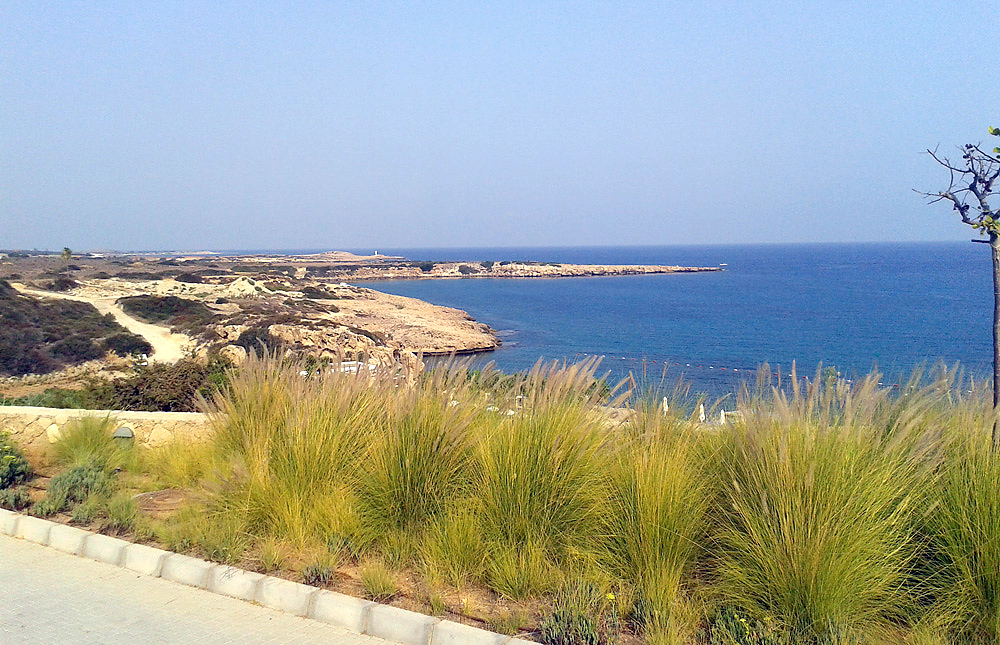 After leaving Famagusta, we took the road to the village of Boghaz, which runs along the coast. Roads in the north are of the same quality as in the south of the island, and there are plenty of petrol stations so driving isn’t a problem.
After leaving Famagusta, we took the road to the village of Boghaz, which runs along the coast. Roads in the north are of the same quality as in the south of the island, and there are plenty of petrol stations so driving isn’t a problem.
Although the occupied side has a currency of its own, everywhere will take euros and can quickly work out the exchange rate. After reaching the Koma tou Gialiou village, we turned to the left, crossed the Каrpasia peninsula and started moving along its opposite shore.
The places there are really very beautiful and are little touched by civilization. Golden sandy beaches stretch along the whole shore.
Oases of quite new, completely empty cottage settlements can be seen now and again along the road. This phenomenon haunted us during our whole journey around the northern part of the island. A feeling that a lot of property was built in one fell swoop and now cannot be sold for some reason stayed with us.
The further east we moved, the fewer signs of civilization we saw. Only flocks of sheep and goats peacefully wandered near the road.
When reaching the Rizokarpaso village, we turned right into an absolutely wild and natural land. We were surprised to see, even here, the roads were tarmacked and in relatively good condition!
There was a large ‘Donkey Park’ sign at the very approach to the Monastery, although the place is marked as the forest of the Apostle Andrew on the map of Cyprus. We had seen donkeys on the road before that, but they walked everywhere in the area freely.
The length of the road from Famagusta to the Monastery amounted to 110 km and took us 2 hours, taking into consideration all our stops.
The Monastery of the Apostle Andrew
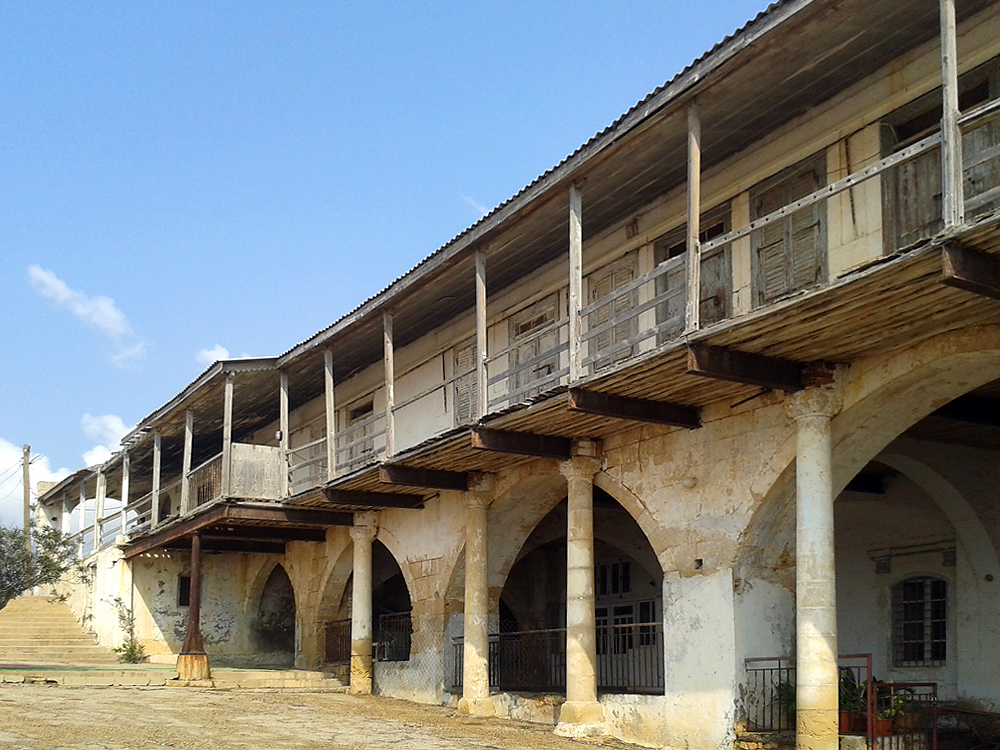 The Monastery of the Apostle Andrew made it to the UNESCO World Heritage Site.
The Monastery of the Apostle Andrew made it to the UNESCO World Heritage Site.
Compared with the Monasteries in the Greek area, this one is in lamentable condition. There were signs that work was going on, but it didn’t look like it would be finished any time soon.
It is still considered to be one of Orthodox Cyprus’ key shrines however. Pictures of the Monastery can be seen in all Cypriot school textbooks.
Тhe exact date when the Monastery was founded is unknown, but according to legend, Apostle Andrew disembarked ship here in the Ιst century, and a natural spring appeared in a nearby rock after his prayer.
There are mentions of the Monastery in various sources dating back to the 12th century. The easternmost part of the island is called the cape of Apostle Andrew on 15th century maps.
The Monastery was rebuilt several times.
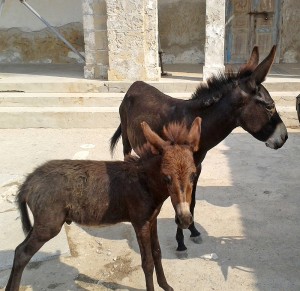
The current building dates back to the middle of the 19th century. Part of relics of Saint Andrew the First Called was moved here from Patras in 1967.
The first president of the republic, Archbishop Makarios III, met the ship carrying the relics himself when it arrived in Famagusta.
Apart from the relics of the Apostle, there are several rare icons of the 19th century in the church, and an ancient wooden iconostasis is also preserved here.
After the events of 1974, Christian services in the church of the Monastery were prohibited, and it was only after the border was opened in 2004 that pilgrims could again visit the monastery unhindered.
The good-natured donkeys, which crowded right near the church, seemed interested in us. We gave them 2 fresh cucumbers, which we had taken as a packed lunch, and continued our journey around Cyprus.




